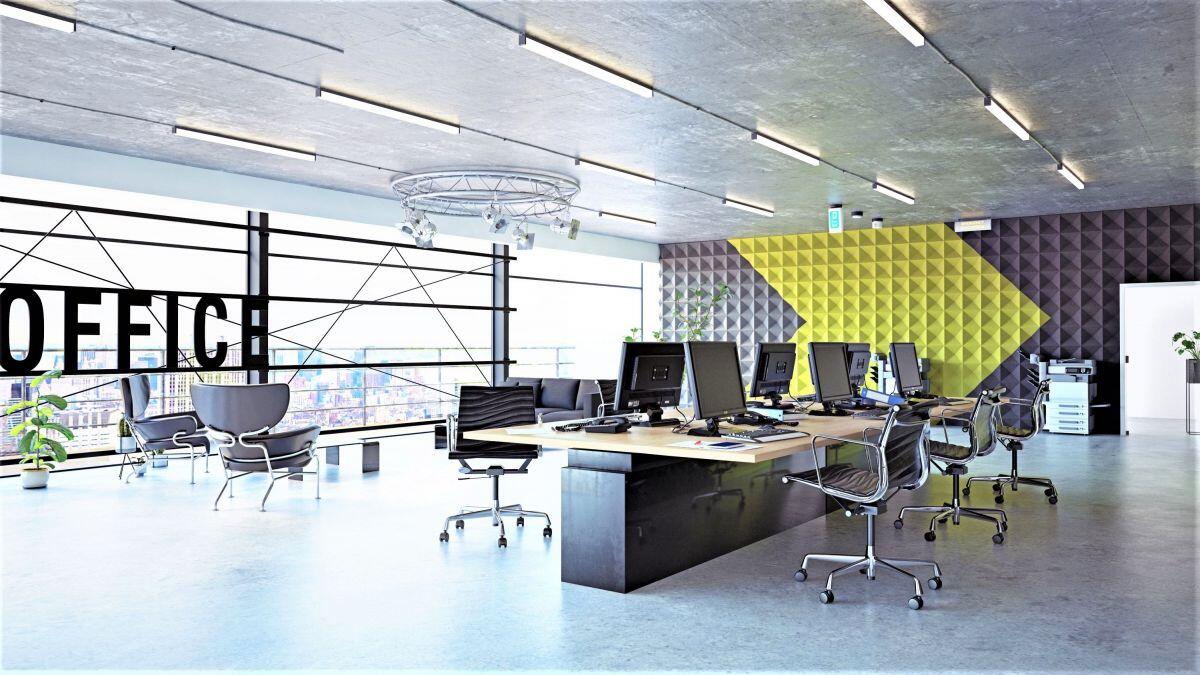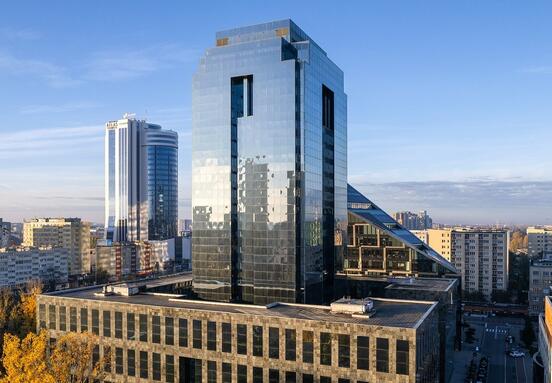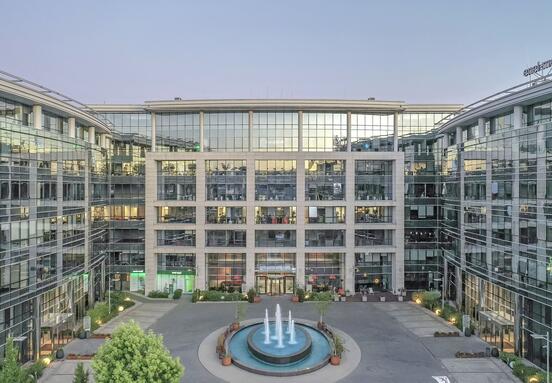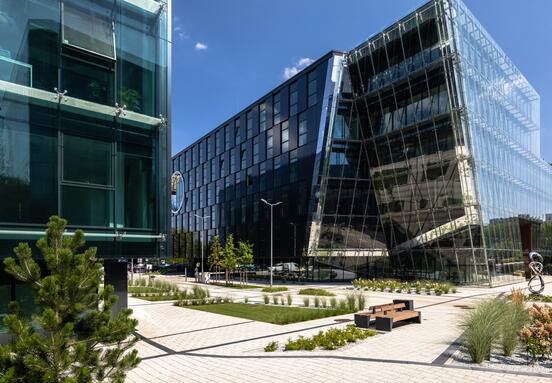The first and second quarters of 2023 will be decisive for the office market - the indexation of rental rates may even reach 9%. The increase in operating costs is certain due to the update of utility rates and taking into account the new minimum wage rate. The unstable euro exchange rate is also a big challenge - in most cases the rent is converted from euro to PLN. Taking the above factors into account, in some buildings, as predicted by Avison Young, operating costs may increase by more than 50%.
The center is twice as expensive as Mokotów
In Warsaw, the spread of rental prices for office space has never been so large. In buildings offering the highest standard, located in the very center of the city, the base rent rates are twice as high as in office buildings located in other districts. In the case of the most prestigious office buildings in the city center, base rents reach EUR 28 per sq m. in a month, and in Służewiec, in the once most popular business district of Warsaw, they oscillate between EUR 13 and EUR 15 per sq m. in a month.
The expected update of rental prices will have a significant impact on the planning of expenses related to running a business. According to Avison Young, this may make some companies verify their budgets and turn to cheaper locations.
Supply gap, longer contracts
Prices will be much higher, and there will be a supply gap in the office market. In Warsaw, it will be most felt between 2023 and 2024. The recent period of shocks and changes has limited the inflow of new investments. On the Warsaw market, only 160,000 jobs remained under construction at the end of the third quarter of 2022. sqm of space, while in 2019 there were over 800 thousand. sqm offices. In 2023, according to Avison Young's estimates, Warsaw's resources will increase by only about 65,000. sqm surface. Interesting projects under preparation include, for example, Drucianka Campus, The Form, The Vibe, the skyscrapers of Port Praski, the "new" Atrium International and Towarowa 22.
Demand for Warsaw offices remains at a record-high level. In 2021, almost 650,000 sq m was leased. sqm surface. Such a high demand meant that at the beginning of this year, the space available on the market in new office buildings was absorbed. From January to the end of September 2022, over 600,000 sq m has been leased. sqm Demand begins to exceed supply, and this affects rent expectations on the part of landlords.
Already, as Avison Young points out, the insufficient number of large office units in centrally located A-class buildings forces tenants to extend lease agreements. The small new supply prompts companies to take steps to secure space for the future. Tenants who decide to relocate often sign contracts for a longer period, up to seven years, which allows them to reduce the financial outlays incurred for arranging a new work space.
Cautious investors
High demand for office space reduces the yields on real estate capitalization rates and motivates investors to enter into transactions in this sector. At the end of September 2022, the total office investment volume in Poland reached almost EUR 1.8 billion, thus exceeding the sector's full-year result from 2021. The office sector had the largest share in the pool of all investment transactions concluded in Poland at that time (over 40%). Of the 21 office transactions recorded in the first nine months of 2022, 15 concerned regional office markets.
However, such a large volume was achieved mainly thanks to two spectacular Warsaw transactions. In addition to the acquisition of The Warsaw Hub by Google for EUR 583 million, the Warsaw market also recorded the fourth largest transaction in history in a single office asset - Generation Park Y at the Daszyńskiego roundabout was bought by Hansa Invest for over EUR 285 million.
Major institutional investors, as pointed out by Avison Young, have narrowed down their investment criteria due to high financing costs and the need to take into account ESG aspects. The increase in construction costs in recent years, as well as the continuous increase in rents, have provided a huge competitive advantage and better returns to owners of existing facilities over new ones.








